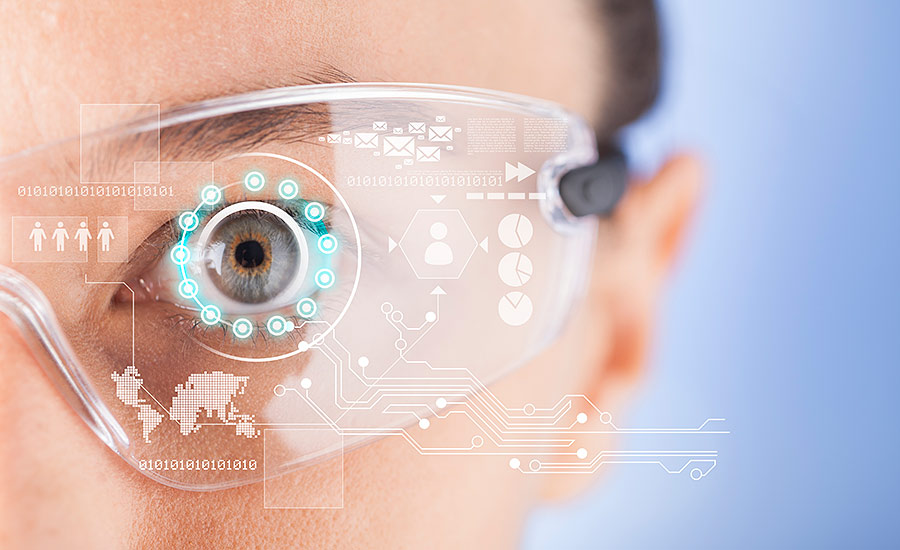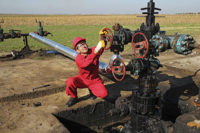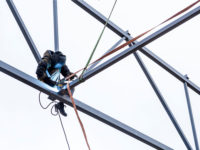Stars in the rapidly evolving field of wearable technology, “smart” glasses allow wearers to perform a myriad of functions while keeping their hands free. Wearers can view information, watch and record videos, summon up GPS directions, make phone calls and send texts – all by using gestures, head motions and voice commands.
The existing – and potential - workplace applications are numerous, which is why smart glasses are expected to be widely adapted in manufacturing, field service, warehousing and healthcare. Reports can be tracked and automated, tools easily located, languages translated and decisions made using real-time data. A worker can view a video tutorial of a task she must perform, while performing each step with her hands.
Situational awareness
Smart glasses may be able to affect occupational safety to a significant degree as well. Safety managers can view a video recorded from the worker’s point of view and correct problems before they become injuries – or worse. There are smart glasses that can raise a worker’s awareness about dangerous areas, conditions or machinery, such as a slippery floor, unhealthy temperatures or a hot electrical circuit. Beyond alerting a wearer about a risky situation, smart glasses can advise him or her how to mitigate it, providing information about procedures while keeping the worker’s hands free to perform the necessary tasks.1
Accidents caused by driver or pilot fatigue could be prevented with the use of smart glasses that measure eyelid movement using a tiny invisible LED built into the frame of the glasses. The results are then displayed for the driver, to let him know his level of drowsiness
Going forward
Dr. Ismail Nabeel, MPH, FACOEM, who participated in the “Google Glass Explorer Program,” wrote in a 2015 NIOSH Science Blog post: “The implication of information in prevention and reduction of exposures to the worker is enormous. We’re looking at providing a complete loop of such information in which the exposed individual can actually see the exposure occurring in real time and then he/she can take fundamental steps to avoid or limit that exposure. This also has application for those working with radiation and hazardous chemicals and for those working in enclosed spaces, mining, contaminated sites, and disaster response.”2
Potential downsides
But is there a downside to this marvelous technology, this cousin to the smart phone? Could it add a new level of distraction to an already-distracted world, thereby making users less safe? If someone is processing information from their smart phone while driving or walking, is their brain able to also focus on driving or walking safely?
“As with all new technologies, we need to proceed cautiously,” wrote Dr. Nabeel, who lists some potential concerns raised in studies: headaches, double vision, dizziness and, yes, distracted driving. “Will employers have to have implement policies restricting use while driving to limit liability? Will employer infrastructure need to be updated to accommodate multiple users?”2
All good questions, with the answers yet to come.
References
1. https://tinyurl.com/y4c46779
2. https://tinyurl.com/n2y8fqk




